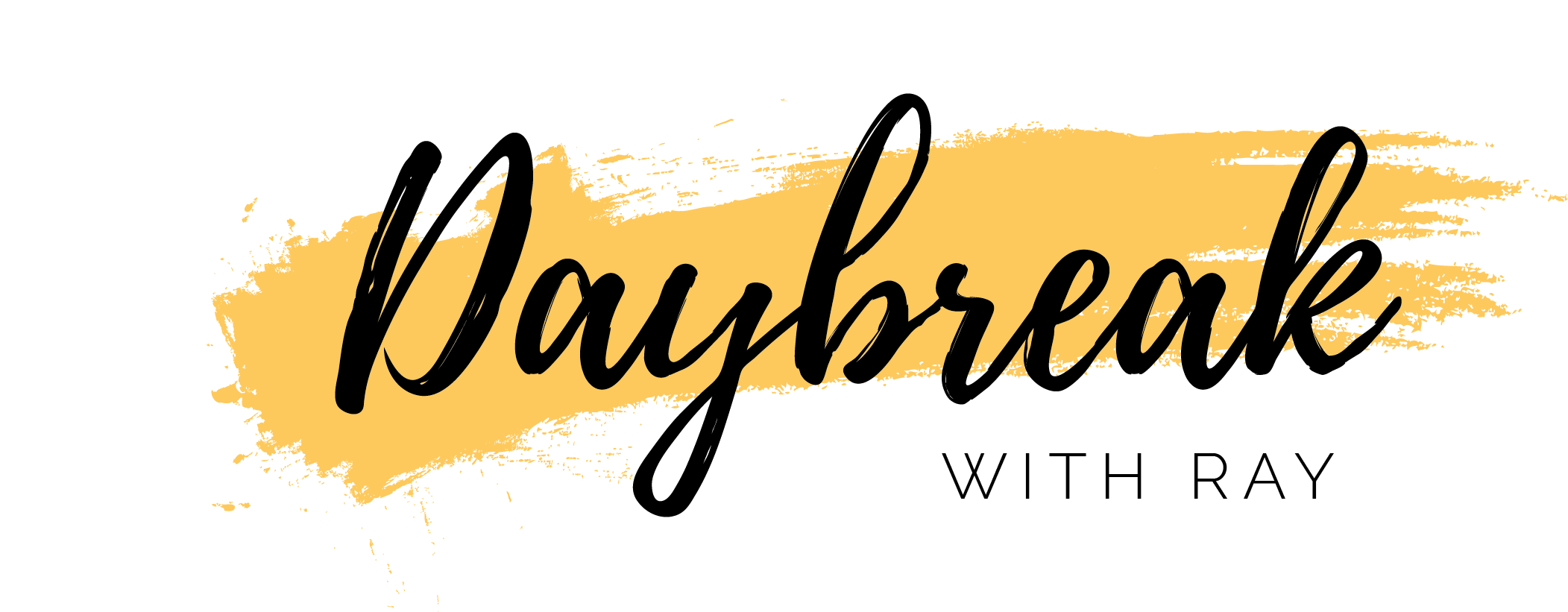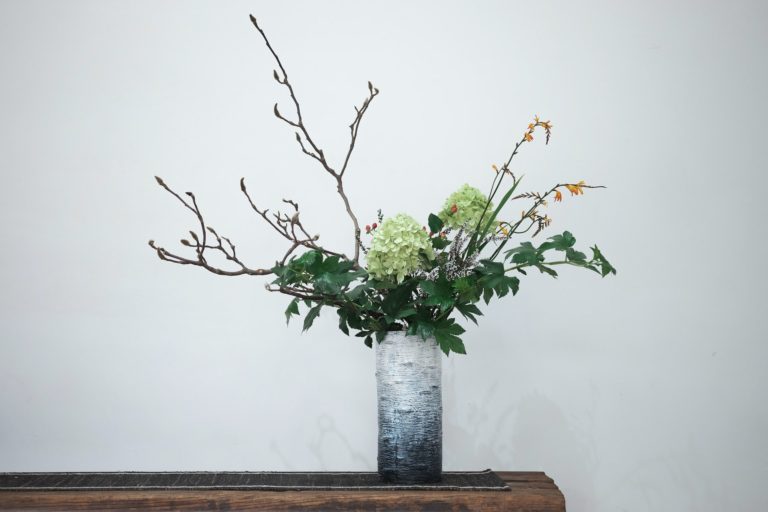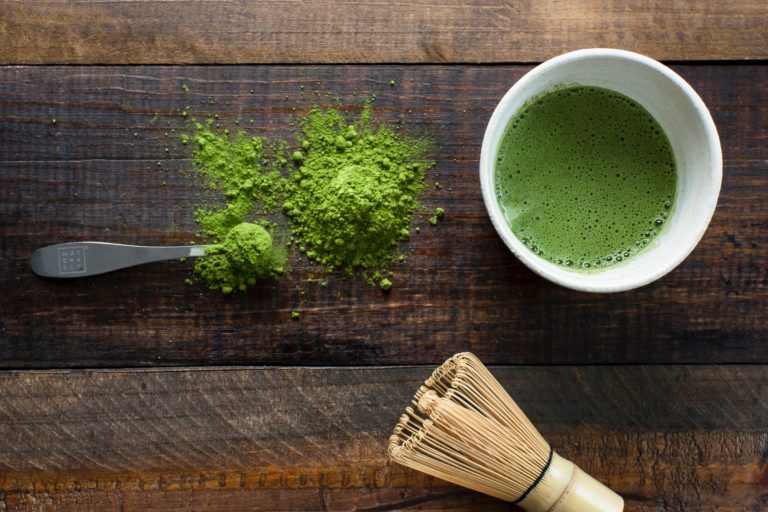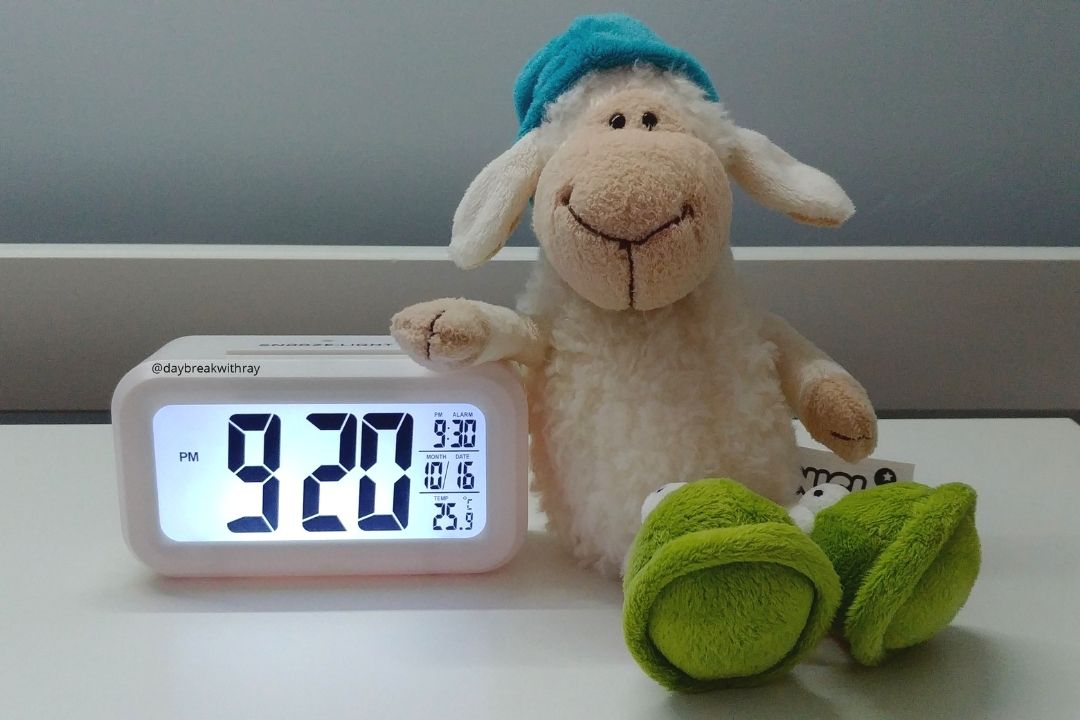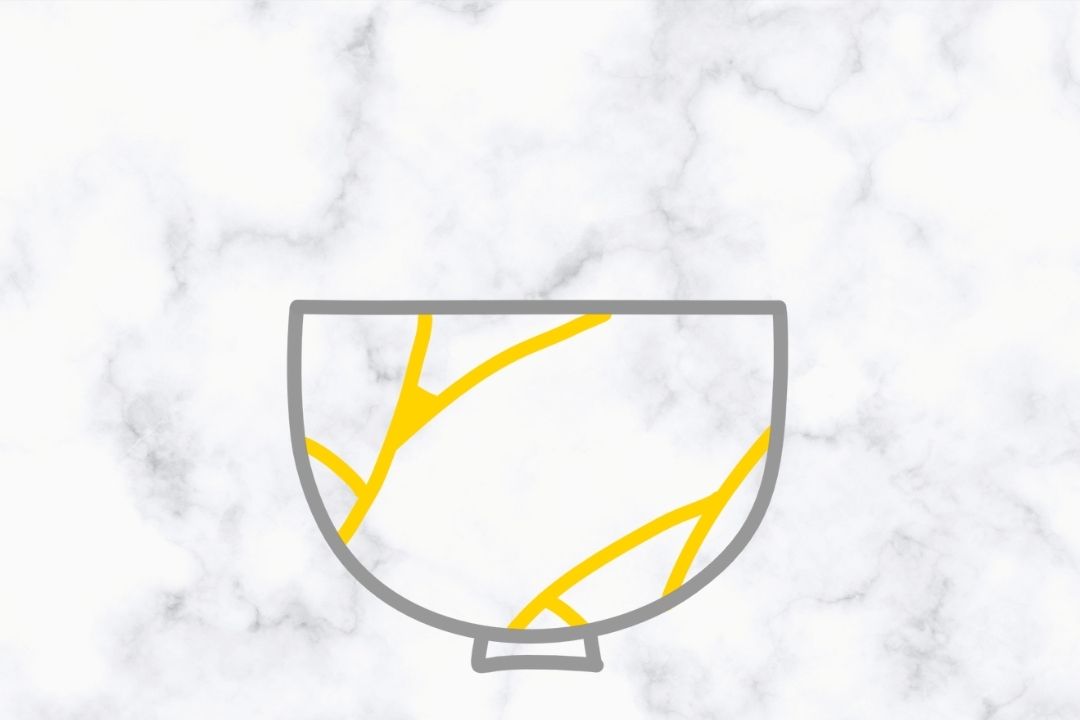Japanese-Style: 5 Simplistic Activities for Better Wellness
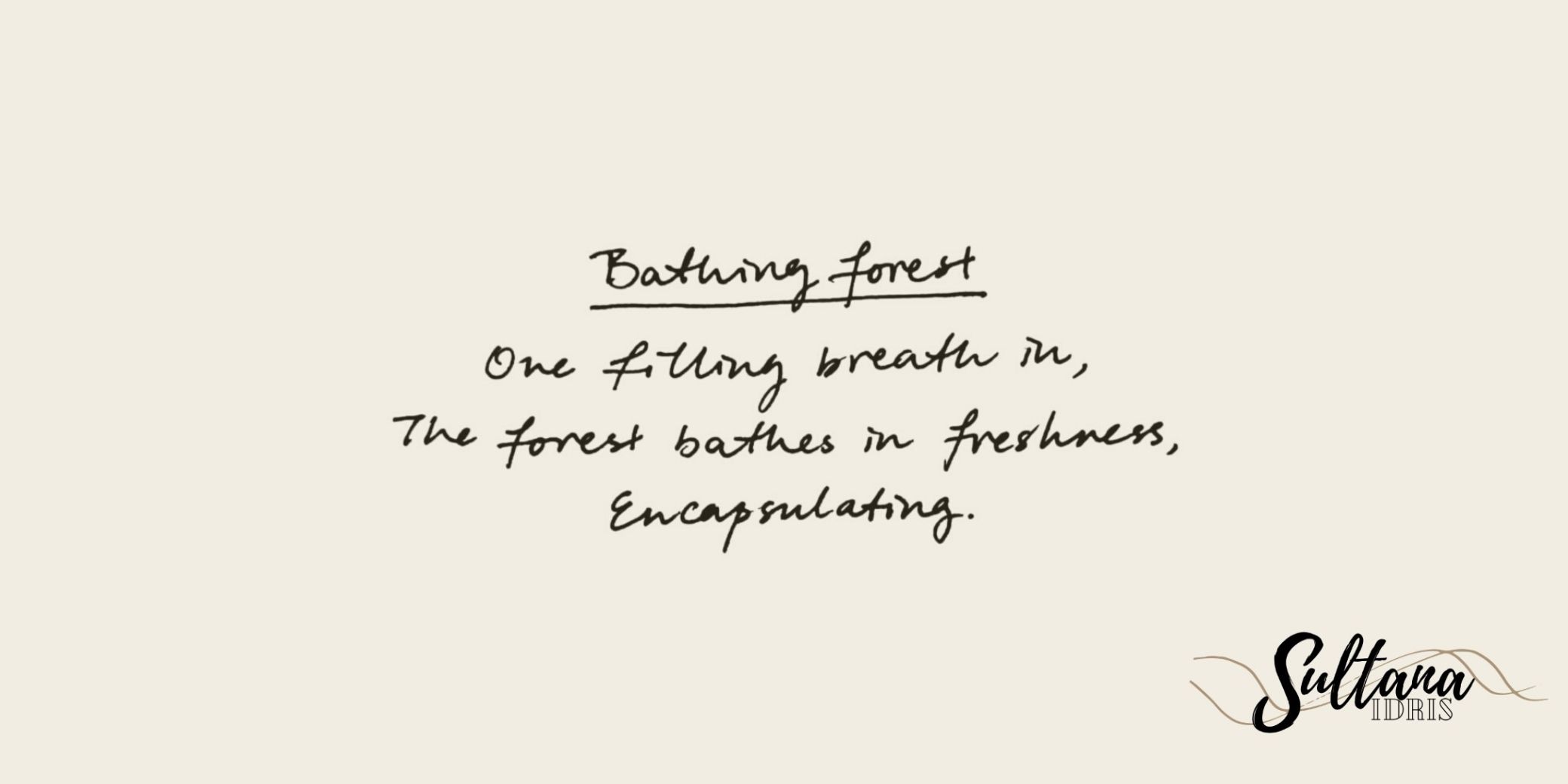
Are you looking for different wellness activities to enjoy this week? We got you covered! Here are a few Japanese-Style Wellness activities to improve physical and spiritual health. Each of these Japanese Art has various benefits, but most importantly, they’re fun to enjoy.
Give these practices a try and who knows, you might fall in love and incorporate one or more in your weekly self-care routine.
Haiku (俳句)
This short form of poetry originates from Japan. Traditional Haiku consists of three lines and a 5-7-5 syllable structure, with the first line having 5 syllables. Writing Haiku poems is the perfect way to be creative and practice critical thinking skills as you come up with words to include while keeping the 5-7-5 structure.
Writing Haiku poems is the perfect way to be creative and practice critical thinking skills as you come up with words to include while trying to keep the 5-7-5 structure. You can also juxtapose different colors, sounds, and ideas to create a new Haiku poem.
For interested readers, here are some beautiful Haiku poems.
Shinrin-Yoku (森林浴)
Loosely translated, Shinrin-Yoku means Forest Bathing in Japanese. Some refer to this practice as a forest therapy to unwind and connect with nature. By immersing your senses in the forest, you can fully experience the beauty of nature and enhance your well-being.
Some of the benefits of Shinrin-Yoku include strengthening one’s immune system, reducing blood pressure, and boosting one’s creativity and problem-solving skills. You might also experience more focused attention and detailed observations.
Allow nature’s peace to flow into you as sunshine flows into trees.
— John Muir
The key is to take in your surroundings – the things you see, the sounds you hear, the smell of the forest, and the texture you feel as you walk. Immerse yourself quietly into nature and practice mindfulness.
Give yourself this well-deserved break and connect with both nature and your inner peace. Let your mind clear up with the sweet air in the forest.
Ikebana (生け花)
Ikebana is commonly known as The Japanese Art of Flower Arranging. By arranging flowers, branches, and stems in a vase, gives life to the flowers and becomes a form of art.
Different flowers have different meanings. By taking into consideration both the symbolism and seasonality, practitioners elaborately arrange the flowers to bring out their inner qualities. Practicing Ikebana can also bring one closer to nature and boost their concentration levels while beautifying one’s home.
The three stems – shin (真), soe (副), and tai (体), each represents a distinct element. Shin, the longest branch, symbolizes heaven. The middle branch, Soe represents man or humanity. Tai or Hikae being the smallest branch represents earth and the natural world. Using various styles of Ikebana, you can clear your mind and achieve inner peace while creating a beautiful piece of art to display.
Chado (茶道)
Chado (or Sado) is usually used to refer to the Tea Ceremony. When translated, it means The Way of Tea, where practitioners whisk the matcha with hot water in a tea bowl.
While some practice Chado to perfect their ceremonial presentation, others enjoy the process as a way to relax and reflect. It also allows the practitioner to appreciate the changing seasons, despite the fast-paced lives we live.
This Japanese cultural practice is based on 4 core principles: Wa (Harmony), Kei (Respect), Sei (Purity), and Jaku (Tranquillity).
Wa (和)
We should live harmoniously with each other and with nature. This can be expressed through positive interactions between person to person as well as person to nature.
Kei (敬)
We should respect not only the process and the ceremony but also the equipment as well as the people involved. We should be humble and show respect even outside of the ceremony.
Sei (清)
Purity doesn’t only refer to the cleanliness of the equipment used. It also refers to the clearness and transparency of both the mind and spirit. We should treat ourselves and others with a pure and open heart.
Jaku (寂)
By combining the above three principles, tranquility will be achieved as a result. Through the practice of Chado, one can embody tranquillity within and outside of the ceremony.
Ensō (円相)
Ensō is translated as the circular form. In Zen, it is a circle that is hand-drawn in one brushstroke. Ensō symbolizes absolute enlightenment, strength, the universe and mu (the void). As you draw the one brushstroke to form a circle, you are setting your mind free while your physical body creates this piece of art.
The ensō contains the perfect and imperfect; that is why it is always complete.
Kazuaki Tanahashi
Each Ensō Circle represents a different person. It expresses individuality through the ink tones, brushstroke thickness, shape of the circle, and even the position of where the circle starts and ends. The circle is the easiest shape to draw but is also considered the most complicated thing to paint. This Japanese Art is perfect for representing yourself and the universe in one simple yet complex brushstroke.
Here is a simple guide on how to paint an Ensō Circle.
To Conclude
It’s important to take care of your health, both physically and mentally. Wellness activities are just some practices you can enjoy to improve your health. Sometimes, all you need is a little change in pace or a well-deserved break to boost your productivity and motivation. Feel free to share with us some self-care activities that are special in your country or region!

We often say to ourselves "5 more minutes" before falling back asleep. But little did we know, there
Do you struggle to wake up early? Do you sleep through alarms or end up snoozing without knowing? We
Learn about the Art of Kintsugi and how embracing your flaws can help you radiate beauty. Also, give
